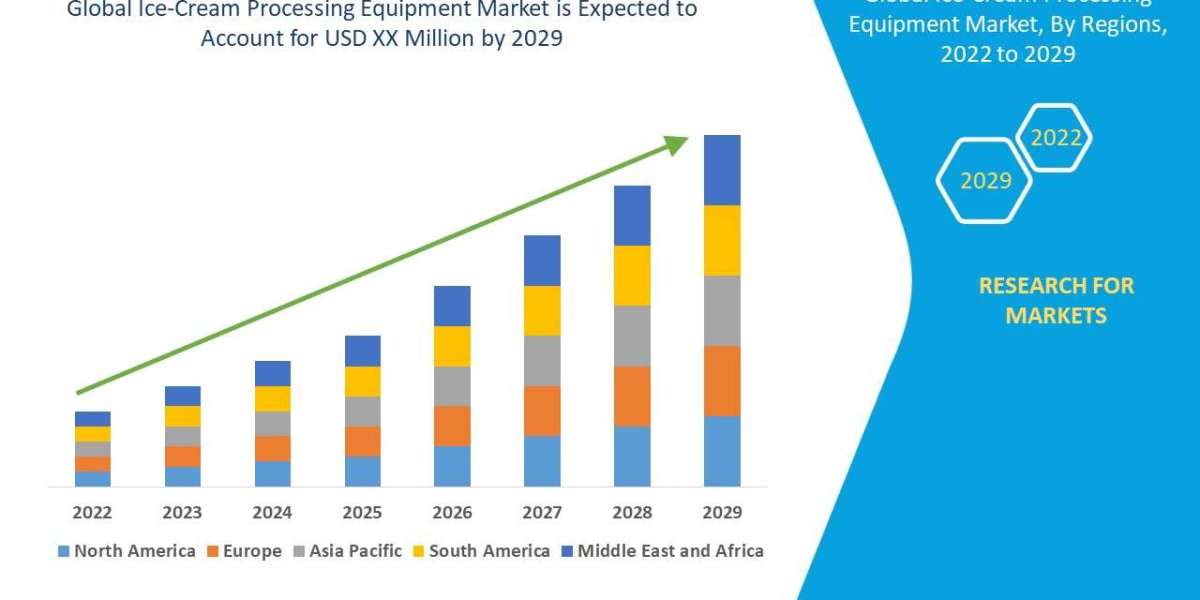In the ever-evolving landscape of digital marketing, demand generation remains a cornerstone for attracting and nurturing potential customers. However, generating demand is not enough; it's crucial to measure the effectiveness of your efforts through key metrics. Leveraging marketing technology can significantly enhance your ability to track and improve these metrics. Improving these metrics can significantly boost your marketing performance and business growth. Here are some strategies to enhance your demand generation metrics.
1. Understand Your Audience
Segmentation and Personas
- Develop Buyer Personas: Create detailed profiles of your ideal customers based on demographics, behavior, and needs. This helps in tailoring your messaging and offers.
- Segment Your Audience: Divide your audience into segments based on shared characteristics. This allows for more targeted and personalized marketing efforts, leading to higher engagement and conversion rates.
2. Optimize Your Content Strategy
High-Quality Content
- Create Valuable Content: Produce content that addresses your audience’s pain points and interests. High-quality blogs, eBooks, webinars, and videos can drive more traffic and engagement.
- SEO Optimization: Ensure your content is optimized for search engines to increase visibility and attract organic traffic. Use relevant keywords and create comprehensive, well-structured content.
Content Distribution
- Leverage Multiple Channels: Distribute your content across various channels, including social media, email, and content syndication platforms. This broadens your reach and attracts diverse audience segments.
- Repurpose Content: Maximize the value of your content by repurposing it into different formats, such as turning a blog post into a video or an infographic. This can appeal to different preferences and increase engagement.
3. Enhance Lead Nurturing and Scoring
Lead Nurturing Campaigns
- Automated Email Sequences: Set up automated email sequences to nurture leads over time. Personalized and timely emails can keep leads engaged and move them through the sales funnel.
- Engaging Content Offers: Offer valuable resources such as case studies, whitepapers, and free trials to nurture leads and provide them with the information they need to make informed decisions.
Lead Scoring
- Implement Lead Scoring: Assign scores to leads based on their interactions with your content and their behavior. This helps prioritize leads that are more likely to convert.
- Adjust Scoring Criteria: Regularly review and adjust your lead scoring criteria based on the effectiveness of your campaigns and feedback from your sales team.
4. Utilize Marketing Technology
Marketing Automation
- Automate Repetitive Tasks: Use marketing automation tools to handle repetitive tasks like email marketing, social media posting, and lead nurturing. This ensures consistency and frees up time for strategic planning.
- Data Integration: Integrate your marketing automation platform with your CRM system to get a unified view of customer interactions and behavior, improving your ability to track and analyze demand generation metrics.
Analytics and Reporting
- Real-Time Analytics: Use analytics tools to monitor campaign performance in real-time. This allows for quick adjustments and optimizations.
- Comprehensive Reporting: Generate detailed reports to analyze key metrics such as conversion rates, cost per lead, and customer acquisition cost. These insights can guide future strategies and improvements.
5. Optimize Your Website and Landing Pages
User Experience (UX)
- Improve Navigation: Ensure your website is easy to navigate, with clear calls to action and intuitive design. A positive user experience can reduce bounce rates and increase conversions.
- Mobile Optimization: With a significant portion of traffic coming from mobile devices, ensure your website and landing pages are fully optimized for mobile users.
Conversion Rate Optimization (CRO)
- A/B Testing: Continuously test different versions of your landing pages, forms, and calls to action to see what performs best. Use the data to make informed adjustments.
- Clear and Compelling CTAs: Make sure your calls to action are clear, compelling, and prominently placed. They should guide visitors towards the desired action, whether it’s downloading a resource, signing up for a newsletter, or making a purchase.
6. Leverage Social Proof and Testimonials
Customer Reviews and Testimonials
- Showcase Reviews: Display customer reviews and testimonials on your website and marketing materials. Positive feedback from satisfied customers can build trust and credibility.
- Case Studies: Develop detailed case studies that highlight successful customer stories. These can serve as powerful tools to demonstrate the value and effectiveness of your products or services.
Social Media Engagement
- Encourage User-Generated Content: Motivate your customers to share their experiences on social media. User-generated content can enhance your brand’s authenticity and reach.
- Active Engagement: Actively engage with your audience on social media platforms by responding to comments, answering questions, and participating in relevant conversations.
Conclusion
Improving your demand generation metrics requires a strategic and holistic approach that encompasses understanding your audience, optimizing content, enhancing lead nurturing, leveraging technology, including marketing technology, and refining your website experience. By implementing these strategies, you can effectively boost your marketing performance, drive higher engagement, and achieve better conversion rates. As you continuously monitor and adjust your tactics based on data-driven insights, you’ll be well-positioned to succeed in the competitive landscape of digital marketing. Additionally, staying informed through reputable B2B tech publications can provide valuable industry insights and trends to further refine your strategies and stay ahead of the curve.






